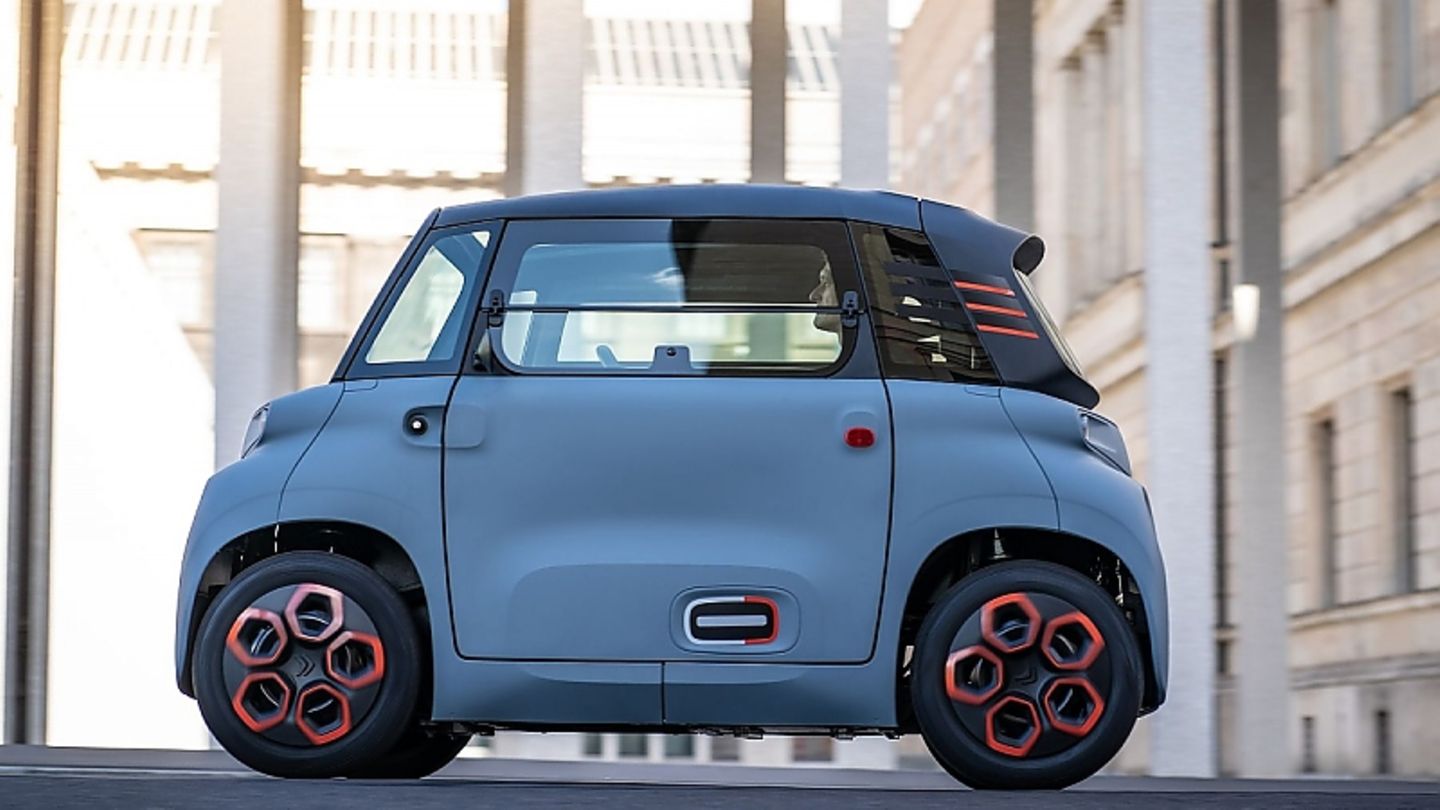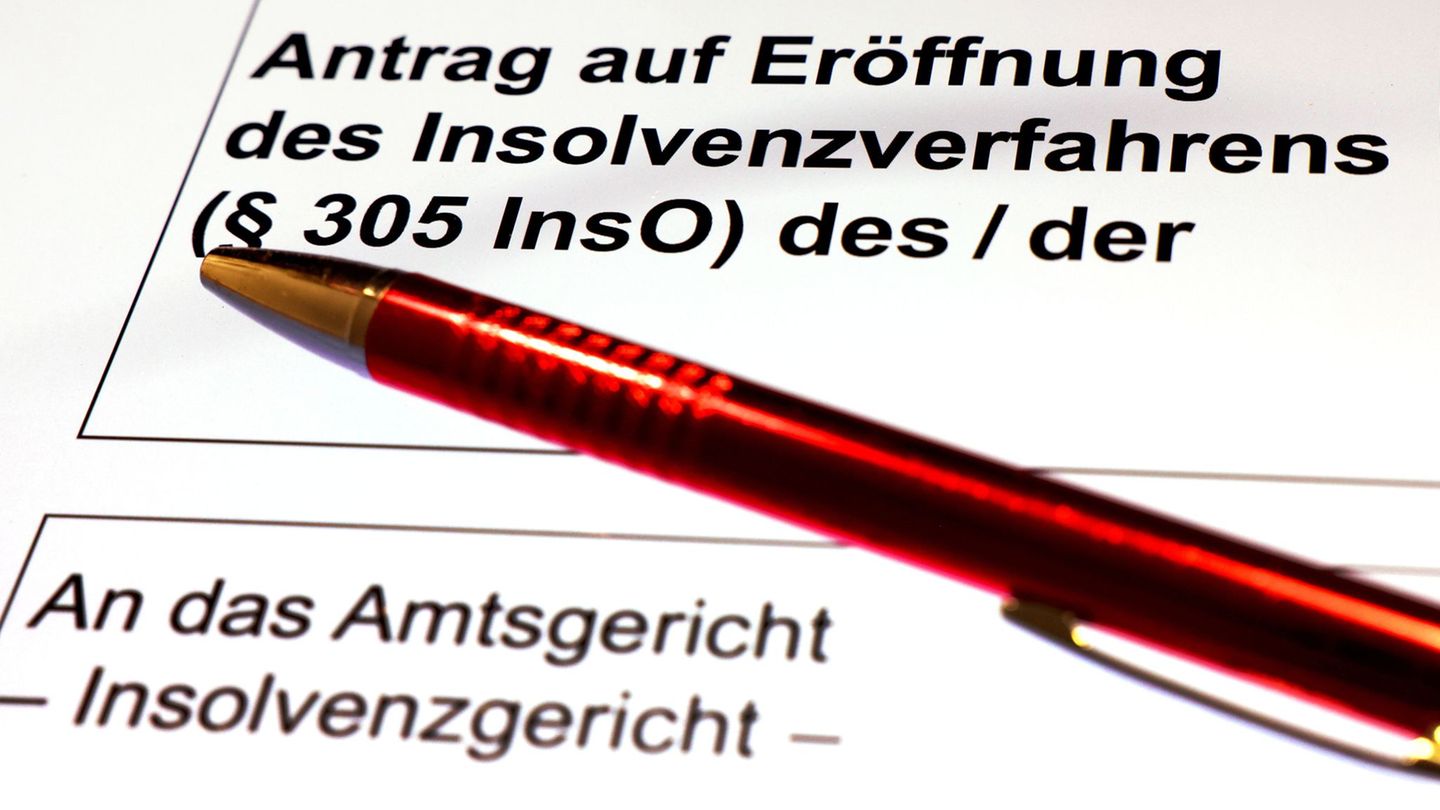If you look at the numbers, all arrows at Stellantis point upwards. But Mike Manley’s departure shows that there are still some unsolved problems.
The news of Mike Manley’s departure from the Stellantis management team came as a surprise at first glance. After 20 years, the former Fiat-Chrysler boss will vacate his desk by October 31st, only to take over the position of CEO at AutoNation Inc., America’s largest automotive company based in Florida, the next day. Carlos Tavares sends warm words after the parting party. “Although I am personally sorry that I no longer have Mike as a colleague, I am equally pleased about his new role as CEO and am glad that he will join the board of trustees of the Stellantis Foundation,” said the Stellantis boss.
If you stir the verbal honey, a different picture reveals itself. Manley was allowed to negotiate the merger of the two automakers with Tavares and was then relegated fairly quickly from the boss of a large automobile manufacturer to a provincial prince, who now takes his hat off to act as a car salesman. That lets you see deeply. The new structure is even more interesting. Manley does not get a successor, but a dual leadership. Mark Stewart (Chief Operating Officer, North America) and Antonio Filosa (Chief Operating Officer, Latin America) will report directly to CEO Carlos Tavares. The Portuguese knows the size of the task and will step down from the board of directors at the aircraft manufacturer Airbus in 2022 to devote himself entirely to the Stellantis Group.
If you let these and other recent personnel decisions affect you, it becomes clear: Carlos Tavares acts like the Sun King Louis XIV, whose motto was “l ‘État c ‘ est moi” (I am the state). So now “Stellantis c ‘est moi”? And such a monoculture has not always been good for an automobile manufacturer. Please consult Carlos Ghosn or Martin Winterkorn. The fact is, the Stellantis group is increasingly tailored to Tavares. Confidants of the friendly Portuguese sit at crucial points. The Alfa Romeo boss Jean-Philippe Imparato has been in office since January, the new Chrysler boss Christine Feuell comes from the supplier Honeywell and reports to Carlos Tavares. Just like Ned Curic, who comes from Amazon and becomes Chief Technical Officer at Stellantis. There are also losers in these personnel castling. After Tavares installed Amaury de Bourmont as Germany boss of Stellantis in March, the loyal Opel soldier Michael Lohscheller hired the Vietnamese company Vingroup to head the Vinfast Global auto division. Lohscheller was replaced by Uwe Hochgeschurtz, the former Renault Germany boss, who is familiar with the special French corporate culture.
If you look at the company figures, the normative power of the factual speaks in favor of the centralized austerity course of Tavares, who is known as a tough renovator. Stellantis sales rose in the first six months of 2021 by 46 percent to 75.3 billion euros, resulting in a profit of 5.9 billion euros. The important adjusted operating margin is a strong 11.4 percent. Opel has also left the aegis of the red numbers behind. “GM has not managed to renovate Opel for years,” summarizes Professor Stefan Bratzel. Director of the Center of Automotive Management (CAM). “Carlos Tavares is in a bind. He wants a higher return, but the volume has gone down and now the question is how to get higher market shares”, analyzes Stefan Bratzel.
Ruling such a multi-brand empire is not easy. However, the merger with FCA opens up a further task, namely to clearly position the individual brands, otherwise cannibalization threatens. “It’s a Herculean task. And the question arises as to whether the FCA group has enough financial means to diversify the brands,” says Stefan Bratzel. The example of the Citroën Ami or the Opel Rocks-e shows the pitfalls that lurk. First the French car maker was supposed to bring the electric cube to Germany and had already presented it to journalists. Now the Rüsselsheim-based car manufacturer will market the vehicle.
The European Stellantis brands also need to improve in other areas in order to stay on the road to success in the long term. So far, the Peugeot, Opel and Citroën electric vehicles with 100 kW / 136 PS have been launched. If you look at an Audi Q4 e-tron and a VW ID.4 GTX, the identical components are also clearly visible. But there are at least different drive variants. “When it comes to innovation, Stellantis is not at the top,” says Stefan Bratzel and adds: “In order to position itself at a higher price, precisely such innovations are necessary.”
Even in the 21st century, just saving alone will not bring an automobile manufacturer forward. Reducing costs is one thing, now it’s time to tackle the much more difficult task of making the big car manufacturer fit for the future. It’s about the topics that drive the entire automotive industry: i.e. electric mobility, infotainment, digitization, autonomous driving and new business models such as ride sharing. This transformation costs money. Another construction site is China. If you want to earn money, you have to be securely anchored in the largest car market. “Tavares did a lot of things well, but China is not one of them. Something has to succeed. Otherwise the market is gone”; is Stefan Bratzel’s conclusion. So there is still a lot to be done.
I am a 24-year-old writer and journalist who has been working in the news industry for the past two years. I write primarily about market news, so if you’re looking for insights into what’s going on in the stock market or economic indicators, you’ve come to the right place. I also dabble in writing articles on lifestyle trends and pop culture news.




